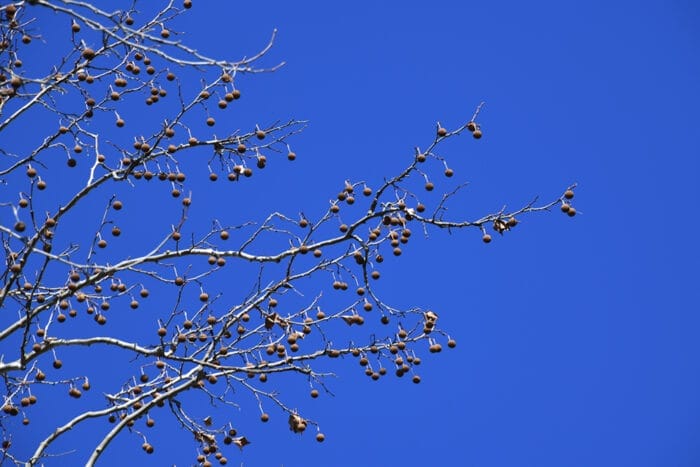I just can’t imagine sitting in my living room, minding my own business, maybe working on a crossword puzzle, and a whole bunch of white guys with guns, show up where I live, telling me that I’m a savage, and my home is now their land. They give me a choice. I can either leave or die.
That is exactly what happened to the Native Americans in this country. Time and again.
In many ways, it still continues today.
On this date, January 23, in 1870, a tribe of Blackfeet were massacred in Montana. There were 177 killed in all — 140 of them were women and children.
There is plenty of backstory behind this particular incident, but it shouldn’t matter one way or the other. This was a slaughter. The real backstory started a few hundred years earlier, when Whites came here, claiming North America as their own, with no regard for the current Native Americans.
In this case, though, in Montana, a guy named Colonel Eugene Baker was searching for a band of “rebellious” Native Americans. During the previous fall, a rancher who lived in the area accused a Blackfoot Indian named Owl Child of stealing some horses. The rancher gave him a brutal whipping as punishment.
So, in retribution, Owl Child and a few others murdered Malcolm Clarke at his home in Helena, Montana. Owl Child went and joined up with a group of Blackfeet from that point.
Of course, this made the “settlers” very nervous. So they demanded that Owl Child be found and held accountable. The U.S. Government took charge of the is demand, and that is when they gave the directive for Col. Eugene Baker to do something.
Baker put together his troops, strengthened with calvary and two infantry groups. They left from Fort Shaw (which is near Bozeman, MT) and headed north to search for the band of Indians. The weather was brutally cold, Montana butt-kicking cold, but on they went.
On the night of January 22, they found a Blackfoot Village on the Marias River. I should add, that the soldiers later reported that Col. Eugene Baker drank heavily all during their march north. And he continued drinking to excess on that night, planning for the attack the next morning.
When daybreak came around on January 23, Col. Baker ordered his troops to surround the camp and to prepare for an attack. But when light broke, Baker’s scout — named Joe Kip — quickly recognized the painted skins of the buffalo lodges. He knew this was a peaceful band of Blackfeet. That good Joe Kip ran to his Colonel, telling him that they had the wrong group. These people were peaceful, not the right ones. But Col. Eugene Baker said, “that makes no difference, one band or another of them; they are all Piegans [Blackfeet], and we will attack them.” Baker ordered one of his sergeants to shoot Kipp if he tried to warn the sleeping Blackfoot people. Baker gave the deadly command to attack the sleeping village.
So. Those soldiers drew up their guns, pointed them blindly toward the lodges, and they shot. Firing, again and again, one round after another, there in the stillness of that morning. By the time the brutal attack was over, Col. Baker and his men had murdered 37 men, 90 women, and 50 children.
It wasn’t over. They continued knocking down lodges, setting them on fire — in fact, burning some of the Blackfeet alive. Next, they burned their supplies of food for the winter. Baker captured about 140 women and children as prisoners, but when he found out many had smallpox, he abandoned them to face the deadly winter without food or shelter.
Word went east. Many Americans heard of the Baker Massacre (now known as the Marias Massacre) and were completely outraged. However, Baker’s superiors supported his actions. So did most of the people of Montana. Colonel Eugene Baker never faced a court-martial. He was not disciplined. And so it goes.
“Today, Native Americans still face threats from federal and state governments related to land-use and resource extraction. Native Americans have the highest poverty rate of any major racial group, with one in four people living below the poverty line. The current total population of Native Americans in the United States is 6.79 million, which is about 2.09% of the entire population.” (Quote from World Population Review)
========
“The world is full of obvious things which nobody by any chance ever observes.”
― Arthur Conan Doyle
========
“For the powerful, crimes are those that others commit.”
― Noam Chomsky
=========
“Criminals should be punished, not fed pastries.”
― Lemony Snicket, The Blank Book
========
The terrible massacre in Montana.
